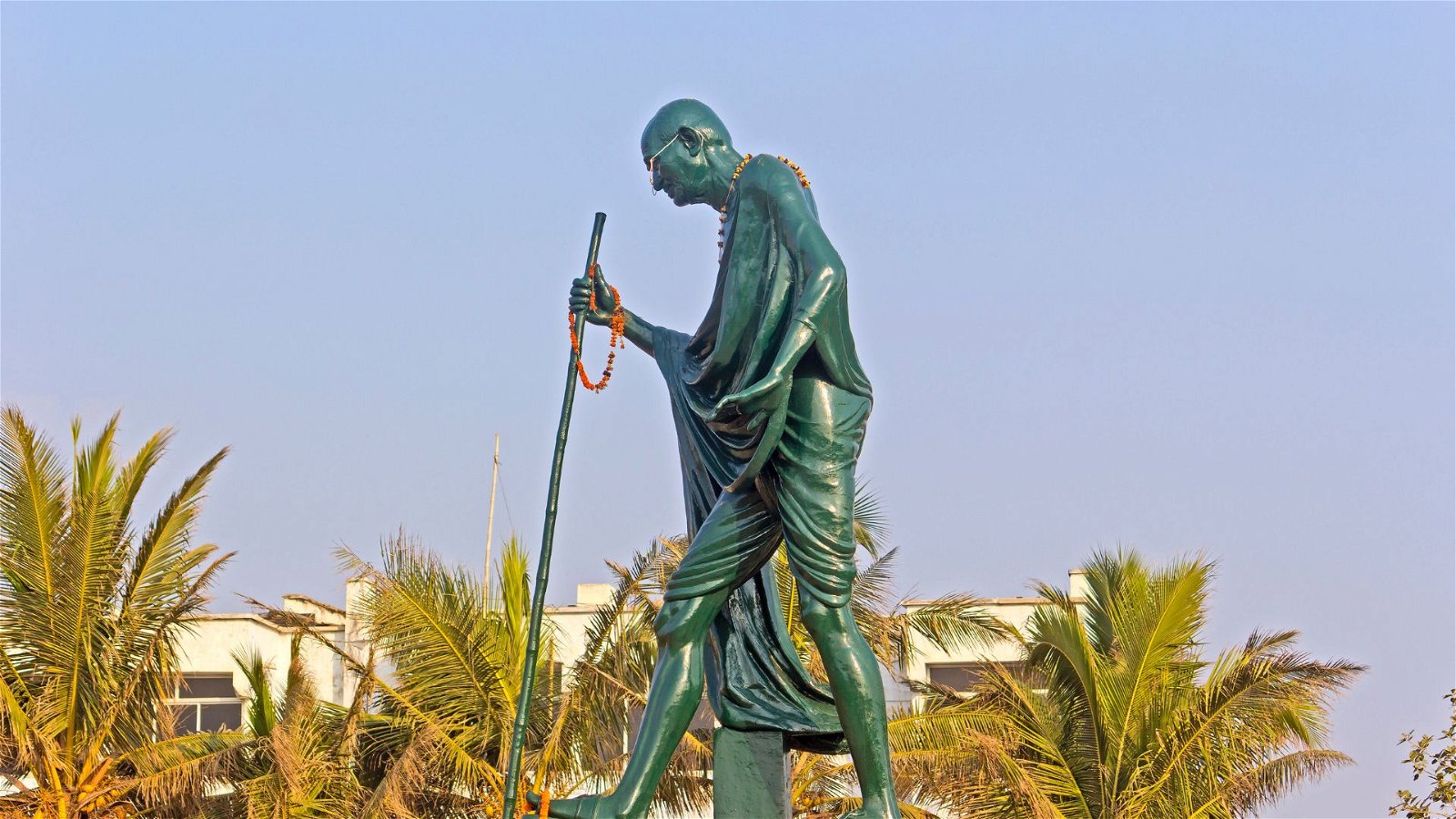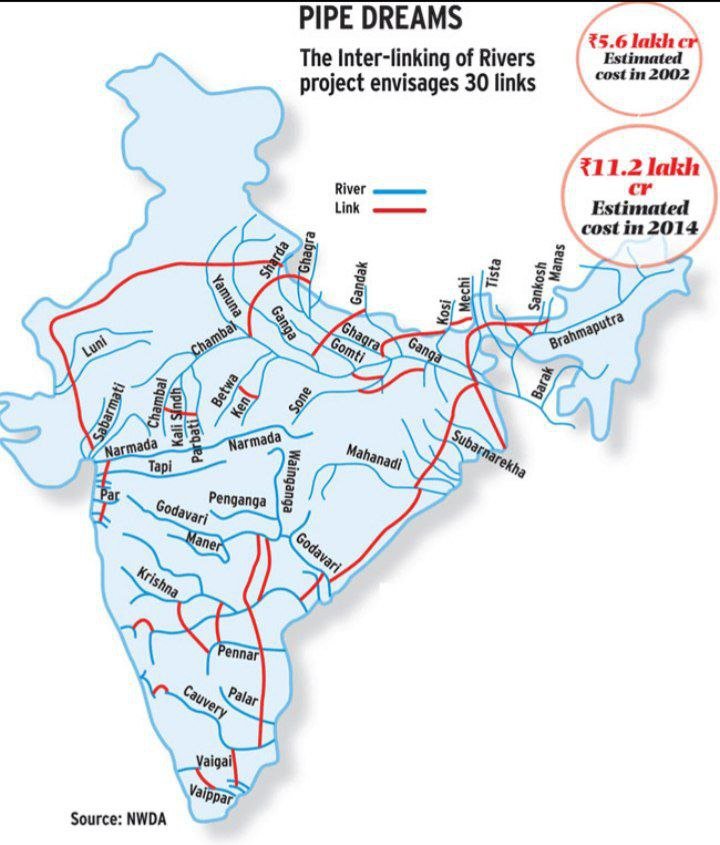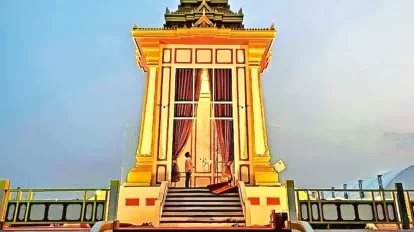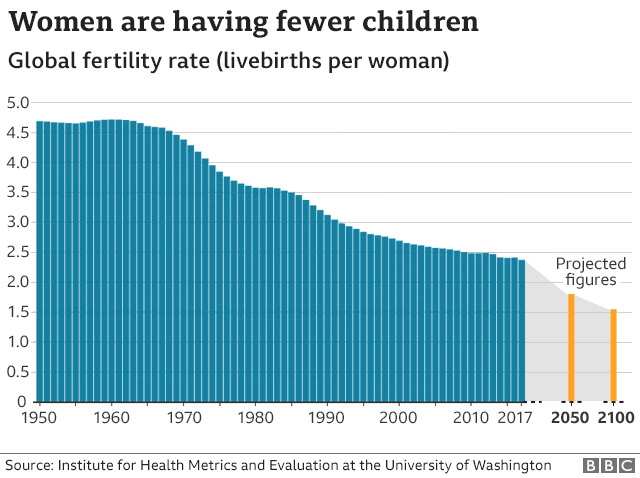
Batadrava Than
Subscribers of "Current Affairs" course can Download Daily Current Affairs in PDF/DOC
Subscribe to Never Miss an Important Update! Assured Discounts on New Products!
Must Join PMF IAS Telegram Channel & PMF IAS History Telegram Channel
- Context (IE): Rahul Gandhi was prevented from visiting Assam’s Batadrava Than.
- Batadrava Than is located in the Nagaon district of Assam, 130 km east of Guwahati.
- The Than is situated at the birthplace of Vaishnavite reformer-Srimanta Sankardeva (1449-1568).
- It is considered the most sacred site for Assamese Vaishnavites.
- Sankardeva founded the first-ever Kirtan Ghar (Than/Sattra) at Bordowa (Batadrava) to preach and propagate ‘Ek Saran Naam Dharma’ (the neo-Vaishnavite faith ).
- The land within the 8 km radius around Batadrava Than is conserved for Khilonjia (indigenous people).
|
Srimanta Sankaradeva
- Srimanta Sankardev was an Assamese polymath–
- A saint-scholar,
- Poet, playwright, dancer, actor, musician, artist,
- Social-religious reformer and
- A figure of importance in the cultural and religious history of Assam.
|
- He is credited with building on past cultural relics and devising new forms of-
- Music (Borgeet),
- Theatrical performance (Ankia Naat, Bhaona),
- Dance (Sattriya),
- Literary language (Brajavali).
Social contribution
- He is considered to be the father of the modern Assamese race.
- He rescued the people of Assam from regressive medieval practices like human sacrifice.
- He promoted equality and fraternity and advocated for a society free from
- Caste distinctions,
- Orthodox Brahmanical rituals, and
- Sacrifices.
Religious contribution
- The Bhagavatic religious movement (Ekasarana Dharma) influenced two medieval kingdoms
- The Koch and
- The Ahom kingdom.
- His teaching focused on prayer and chanting (naam) instead of idol worship.
- Sankardev inspired the Bhakti movement in Assam.
- Sankaradeva advocated ‘EKA DEVA, EKA SEVA, EKA BINEY NAHI KEWA’, which means one should worship none but one God, who is Lord Krishna.
- It focussed on worship in the form of bhakti (devotion) to Lord Krishna through singing and congregational listening.
EKA SARABA NAMA DHARMA Religion (Neo- Vaishnavite movement)
- His religion, EKA SARANA NAMA DHARMA, is straightforward.
- There is no unnecessary ritual in his order.
- Batadrava, or Bordowa, became the centre of his religious activities.
- Batadrava has been regarded as the Dvitiya Vaikuntha (second heaven).
- His dharma was based on the four components of
- Deva (god),
- Naam (prayers),
- Bhaktas (devotees), and
- Guru (teacher).
Thans/Sattras
- The assembly of devotees of the Neo-Vaishnavite movement evolved into monastic centres called Thans /Sattras.
- These were established as centres of religious, social and cultural reforms in the 16th century.
- These are present in Assam and, to a lesser extent, in North Bengal.
- Batadrava Than was the first Than set for the propagation of EKA SARANA NAMA DHARMA.
- Other Thans founded by Sankaradeva are Gangmou, Belaguri, Patbausi, Kumarkuchi, Sunpora, and Madhupur.
- Later, many Sattras were set up by his followers all over the Brahmaputra valley.
- It has a naamghar (worship hall) as its nucleus and is headed by an influential “Sattradhikar”.
Literary and Artistic contribution
- He has left an extensive literary work of trans-created scriptures (Bhagavat of Sankardev), poetry and theological works written in Sanskrit, Assamese and Brajavali.
- He used to write scriptures sitting below one Shilikha (Myrobalan) tree.
- That tree is still alive even after five and half centuries, which is a wonder.
- He created a classical dance form known as both the Sankari dance and Satriya dance.
- The Sangeet Nâtak Akâdemi of India recognised it as a classical dance form in 2000 AD.
- He also developed a school of classical music, which is named after him.
- He created as many as 25 Râgas of his own.
- He was also the first playwright in all modern Indian languages.
- He was the first prose writer in the entire world.
- He introduced the drop-scene and elevated stage in the world of drama way back in 1468 AD.
- He authored ten plays in his life.
- He initiated a new form of painting with his epoch-making drama festival Chihna-Yâtrâ, where he drew imaginary pictures of heaven to be used as backdrops.
Sattriya Dance
-
- Sattriya originated in Sattra, a monastery, as a part of the neo-Vaishnavite movement in Assam.
- It includes Nritta, Nritya and Natya components.
- Sattriya dances differ from other dance forms in their basic stance.
- For males, it is known as Purush Pak, while for females, Prakriti Pak.
- The Sattriya dance (Unlike other Classical Dance forms) has been left untouched and has been the same since its birth.
- It had its influences from folk dance forms like
- Ojapali,
- Devadasi,
- Bihu,
- Bodos, etc.
- Strictly laid-down principles govern the Sattriya dance tradition with respect to
- Hasta mudras,
- Footwork,
- Aharyas,
- Music, etc.
- Traditionally, Sattriya was performed only by bhokots (male monks) in monasteries as a part of their daily rituals.
- The dance is based on mythological themes.
- Primarily based on Krishna-Radha relations or sometimes on the stories of Ram-Sita.
- Today, Sattriya is also performed on stage by men and women who are not members of the sattras on themes that are not merely mythological.
- It has two distinctly separate streams –
- The Bhaona-related repertoire
- The Independent dance numbers
Sattriya Dance Costume
-
- The costume of Sattriya dance is primarily of two types:
- The male costume comprising the dhoti and chadar and the paguri (turban) and
- The female costume comprising the ghuri, chadar and kanchi (waist cloth).
- Pat Silk saree (also spelt paat) is the most popular kind of saree used in this dance.
- It represents the locality through its various colourful motifs and designs.
- Traditional Assamese jewellery is used in the Sattriya dance.
- The jewellery is made in a unique technique in Kesa Sun (raw gold).
- The costume of Sattriya dance is primarily of two types:

Instruments
-
- There are various musical instruments used in this dance, some of which includes:
- Khol (drum),
- Bahi (flute),
- Violin,
- Tanpura,
- Harmonium and
- Shankha (Conch Shell).
- The songs are compositions of shankaradeva known as ‘Borgeets’.
- There are various musical instruments used in this dance, some of which includes:





![PMF IAS Environment for UPSC 2022-23 [paperback] PMF IAS [Nov 30, 2021]…](https://pmfias.b-cdn.net/wp-content/uploads/2024/04/pmfiasenvironmentforupsc2022-23paperbackpmfiasnov302021.jpg)











